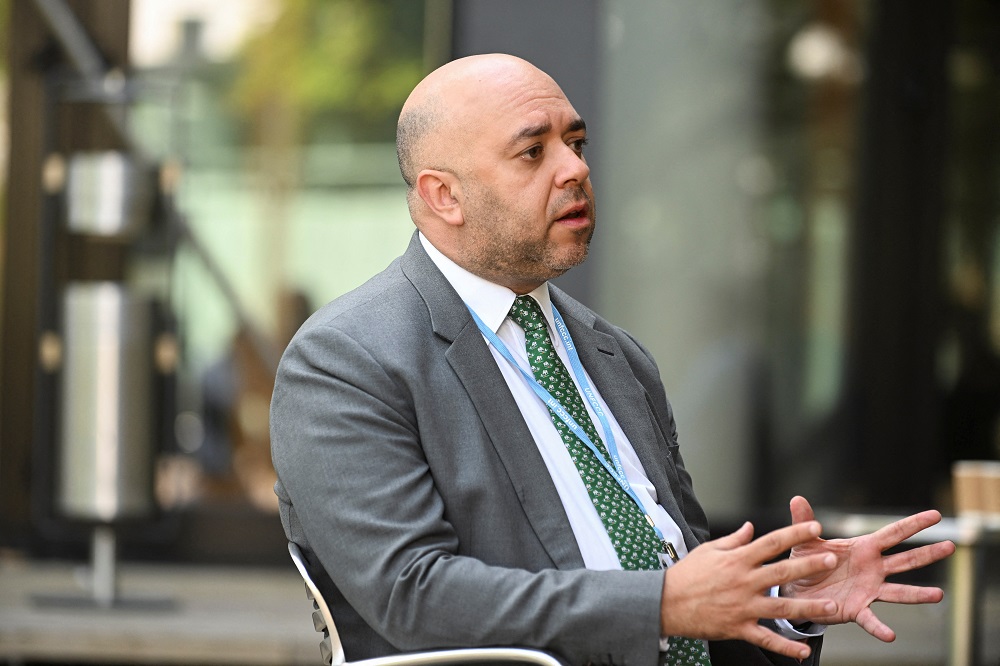How the Paris Agreement could breathe new life into carbon markets
After six years of negotiations, the Paris Agreement’s Article 6 rulebook has been widely seen as a milestone to help grow carbon markets.

This rulebook lays the groundwork for a UN-run global trading system modeled after the Kyoto Protocol’s Clean Development Mechanism. Article 6.2 specifies how carbon credit transfers should be accounted for, while Article 6.4 sets up a functional architecture for implementing international carbon markets and clarifies how governments should account for credits in national emissions targets.
Credits authorized under the Article 6 rules also incorporate a “corresponding adjustment” to certify that a carbon credit’s emission reductions are not included in the seller country’s national climate goals, and can thus be claimed by outside buyers. This accounting mechanism would allow non-governmental organizations to purchase UN-accredited carbon credits, which provide assurance that the buyer alone will retain its climate benefits.
The implementation of Article 6 rules could create two tiers of credits. The first would consist of “adjusted” credits that help ensure emission reduction claims are only granted to the end buyer; while the second tier would offer “non-adjusted” credits that could be used for purposes other than offsetting, such as facilitating results-based finance or addressing unavoidable emissions. It’s expected that demand for Article 6 compliant credits could cause the latter to be seen as lower quality, which would drive down prices and present concerns over reputational risk. In anticipation of this potential outcome, some voluntary carbon credit certifiers have begun prepping for a decision on whether to align crediting standards with Article 6 frameworks, tweak methodologies to be more competitive, or let supply-and-demand forces take their course.
There is reason to believe that progress will be made at COP28. COP28 Director-General Majid al-Suwaidi has called on attendees to instill trust in carbon markets by coalescing around shared carbon crediting standards, and participants of the 2023 Bonn Climate Change Conference delved into technical discussions that should influence the COP28 agenda. Taken together, these talks could give way to decision-making on the authorization and possible revocation of Article 6 credits, the role of carbon removal activities, and how Article 6.4 registries should operate.
|
Key outstanding considerations Operationalizing Article 6 is not a simple endeavor, so negotiators should clarify key implementation details during the 2023 UN Climate Change Conference in Dubai. Among the many questions are: First, how to fit voluntary carbon markets into the global carbon trading system if they are not Article 6-compliant: Market participants are clamoring for agreement on the eligibility of activities and methodologies for Paris-approved trading, especially as they pertain to the role of carbon avoidance and removals. Second, the mechanics of authorizing Article 6 credits: Carbon credits under Article 6.4 are not expected to be issued until 2024 or 2025, given that decisions on crediting methodologies, registry operations, and human rights safeguards remain unresolved. Third, how the functional architecture for a UN-run carbon market may be designed and implemented: The market infrastructure to support ITMO transfers remains under development. COP27 made strides in developing registries, an Article 6.2 database, and a central accounting and reporting platform, but these tools are not expected to be functional until 2025. |








